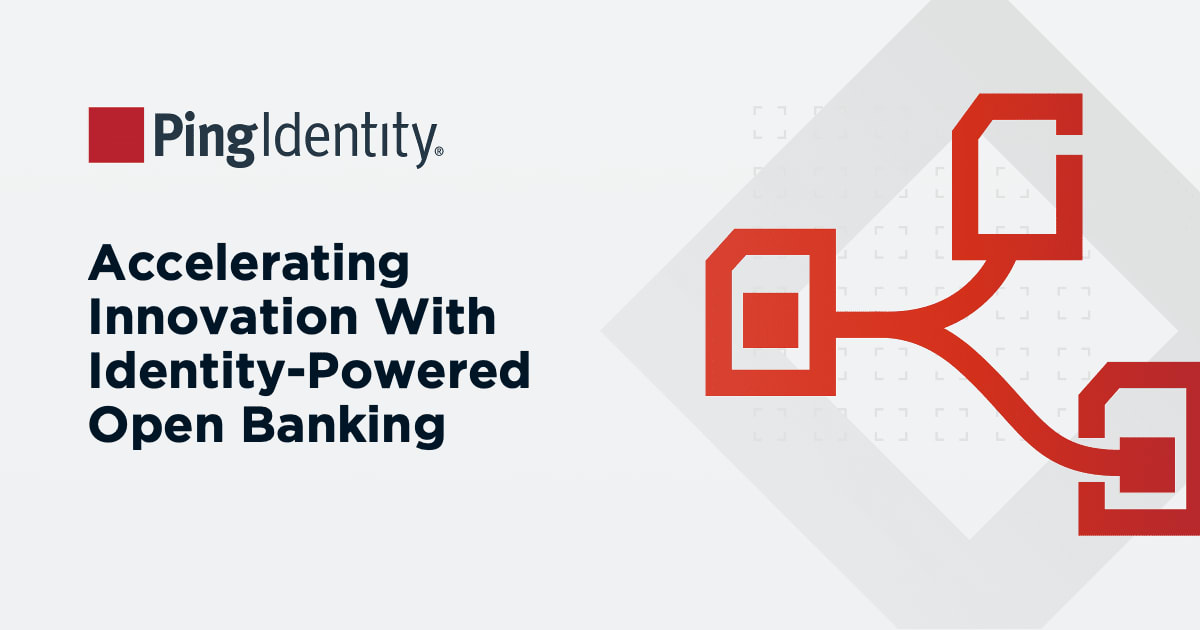Authentication using a simple username-password combination does not comply with SCA requirements. Instead, providers can use a combination of any two types of authentication factors to strengthen account and payment security.
Here are some of the methods providers use in combination with one another to authenticate customers in compliance with SCA requirements:
SMS OTPs
A one-time password (OTP) sent via SMS is a way to implement authentication via something the customer “has”, such as the mobile device where the passcode is sent.
During authentication, customers can request to have an OTP sent to their registered device. Upon receiving the OTP by SMS, they will enter it into the prompt, and be successfully authenticated if it matches.
The OTP is a randomly generated sequence of characters that is only valid for the current session or transaction. Thus, it can only be used “one time”, reducing the risk that a compromised credential that’s used repetitively, like a password, will create a security breach.
However, SMS OTPs are susceptible to man-in-the-middle attacks, where a fraudster intercepts the sent code from the network before it ever reaches the customer. The fraudster can use the OTP to access the customer’s account without their knowledge or initiate a fraudulent payment.
Fingerprint Recognition
Biometric authentication, like fingerprint recognition, is an example of something a customer “is”, which can be used as one of the factors for SCA.
If a customer is prompted with a fingerprint authentication challenge, they can place their finger on the appropriate scanner. If the fingerprint that’s detected matches the one that’s stored, they will be authenticated and able to initiate the transaction.
Fingerprint recognition is a highly convenient authentication method for customers, as it doesn’t require them to remember anything or possess a certain device or item to verify their identity.
However, it’s not always feasible to implement, like when a customer purchases something from an e-commerce site using a laptop without a fingerprint scanner.
Facial Recognition
Similarly, facial recognition is another biometric authentication method used in SCA. Rather than the customer scanning their fingerprint, they can use the camera on their device to scan their facial features.
For successful authentication, the facial scan provided during the authentication process should match what’s stored in the database.
This method offers high levels of security, as it’s nearly impossible for fraudsters to create a facial scan spoof or replica with the proper depth and nuanced details to bypass authentication. However, customers may not be as willing to have their facial data stored by each of the platforms that use this technology.


